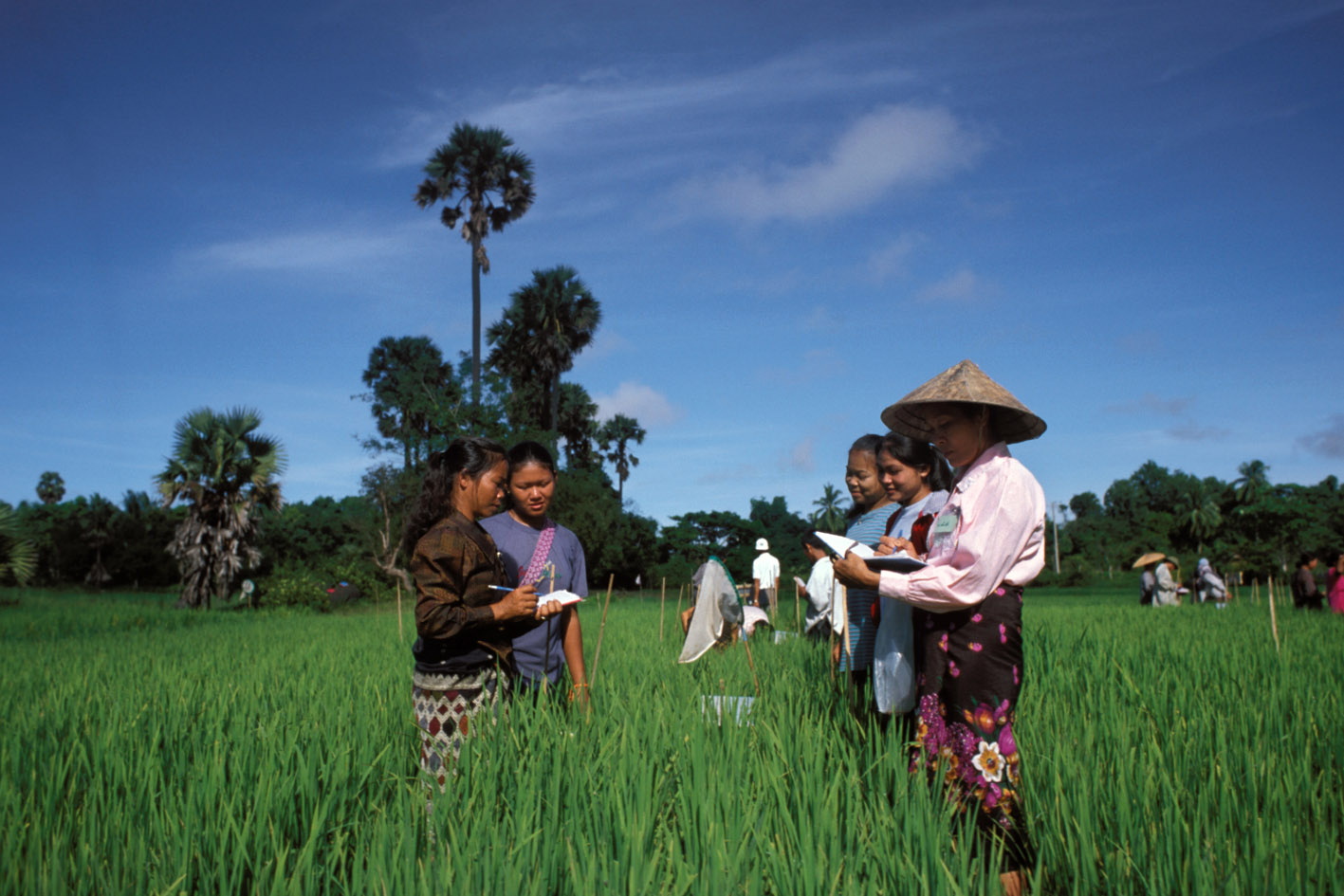High Frequency Phone Survey 2020-2021
Iraq, 2020 - 2021
Get MicrodataIdentification
IRQ_2020-2021_HFPS_v01_EN_M_v01_A_OCS
High Frequency Phone Survey 2020-2021
| Name | Country code |
|---|---|
| Iraq | IRQ |
Other Household Survey [hh/oth]
The spread of COVID-19 and government-imposed social distancing practices across the globe has severely limited the use of traditional, face-to-face interviews. Phone surveys, on the other hand, do not require face-to-face interactions and could elicit information from individuals, households rapidly and at low cost. These platforms also offer flexibility to alter sampling and/or questionnaire design in response to evolving needs. The objective of this survey is to monitor the impact of COVID-19 and the economic downturn on Iraqi individuals and households, and consequently better inform government mitigation policies – in the short- and medium-run. The short and repeated household phone-survey collected information on key indicators such as employment, food insecurity, subjective wellbeing and access to market, healthcare, and education to identify the most vulnerable groups and assess their needs. The phone survey was implemented on a monthly basis to monitor changes over time.
Sample survey data [ssd]
Households
Scope
The study covered the following topics
August Round:
Demographic Section
Employment
Entrepreneurial/Business activities
Agricultural Activities
Food Consumption
Reduced Coping Strategy
Access to Food and Market
Transfers
Health Status and Access to Health Services
September Round:
Demographic Section
Employment
Entrepreneurial/Business activities
Food Consumption
Reduced Coping Strategy Index Section
Access to Food and Market
Transfers
Health Status and Access to Health Services
Education/Distance Learning
October Round:
Demographic Section
Employment
Entrepreneurial/Business activities
Food Consumption
Reduced Coping Strategy Index Section
Access to Food and Market
Transfers
Health Status and Access to Health Services
Education/Distance Learning
November 2020 Round:
Demographic Section
Employment
Entrepreneurial/Business activities
Food Consumption
Reduced Coping Strategy Index Section
Access to Food and Market
Transfers
Health Status and Access to Health Services
Education/Distance Learning
December 2020 Round:
Demographic Section
Employment
Food Consumption
Reduced Coping Strategy Index Section
Access to Food and Market
Transfers
Health Status and Access to Health Services
Potential acceptance of COVID-19 Vaccine
Education/Distance Learning
January 2021 Round:
Demographic Section
Employment
Food Consumption
Reduced Coping Strategy Index Section
Access to Food and Market
Transfers
Health Status and Access to Health Services
COVID-19 Test and Vaccine
Household Expenses
Coverage
National coverage
Producers and sponsors
| Name |
|---|
| The World Bank |
| World Food Program |
Sampling
The data collection methodology consists of a countrywide survey covering the 18 governorates in Iraq. The sample size is disaggregated by 18 governorates and the survey firm applied a random sampling approach to reach participants from different governorates in order to reach the given geographical quotas. The governorate population and details of quota are provided in Annex I of the survey report provided as supporting documentation.
All major Mobile Network Operators (MNOs) active in the country were included within the sampling frame to ensure a representative sample. The sample size is designed to detect changes in the prevalence of food insecurity (mainly people with inadequate food consumption) at governorate level as reported in the 2016 Comprehensive Food Security and Vulnerability Analysis (CFSVA) survey in Iraq.
The response rate for each round of the survey remained above 75 percent. For example, in August, a total of 1,843 individuals were contacted out of which 1,621 (each from a unique household) agreed and completed the survey; yielding a response rate of 80.1 percent. While the survey is designed to be a panel, households that could not be tracked are replaced with new households to meet the required quota. Response rate for both September and October rounds were above 75 percent. The survey allowed for maximum of 5 telephone contact attempts to reach the targeted respondents. Average number of attempts per phone number was below 1.5 calls for all three rounds.
To ensure representativeness at national level, we construct cross-sectional survey weights for each round. Although, cost-effective, flexible and can be implemented rapidly, lack of national representativeness of phone surveys is of concern. Therefore, using the nationally representative Multi Indicator Cluster Survey (MICS) 2018 as a reference survey, we reweight the initial sampling weights through propensity score matching (PSM) and post-stratifcation procedures. Three set of weights - household, population, and adult – are created to make the phone survey resemble the distribution of the specifc population in the MICS survey. Weight calculation and reweighting procedure are detailed in Annex II of the survey report provided as supporting documentation. While adult weights are used to calculate respondents’ labor market (e.g. unemployment rates) indicators and household weights for indicators like the number of household members working, rest of the statistics are weighted using population weights.
Survey instrument
The questionnaires are provided as supporting documentation, in English.
Data collection
| Start | End |
|---|---|
| 2020-08-01 | 2020-08-30 |
| 2020-09-01 | 2020-09-30 |
| 2020-10-01 | 2020-10-30 |
| 2020-11-01 | 2020-11-30 |
| 2020-12-01 | 2020-12-30 |
| 2021-01-01 | 2021-01-30 |
Data was collected monthly
Data Access
| Is signing of a confidentiality declaration required? | Confidentiality declaration text |
|---|---|
| yes | See https://microdata.worldbank.org/index.php/terms-of-use |
Disclaimer and copyrights
The user of the data acknowledges that the original collector of the data, the authorized distributor of the data, and the relevant funding agency bear no responsibility for use of the data or for interpretations or inferences based upon such uses
Contacts
| Name | Affiliation | |
|---|---|---|
| Lokendra Phadera | The World Bank | [email protected] |
Metadata production
DDI_IRQ_2020-2021_HFPS_v01_EN_M_v01_A_OCS_FAO
| Name | Affiliation | Role |
|---|---|---|
| Development Data Group | The World Bank | Metadata producer |
| Office of Chief Statistician | Food and Agriculture Organization | Metadata adapted for FAM |
Metadata version
IRQ_2020-2021_HFPS_v01_EN_M_v01_A_OCS
